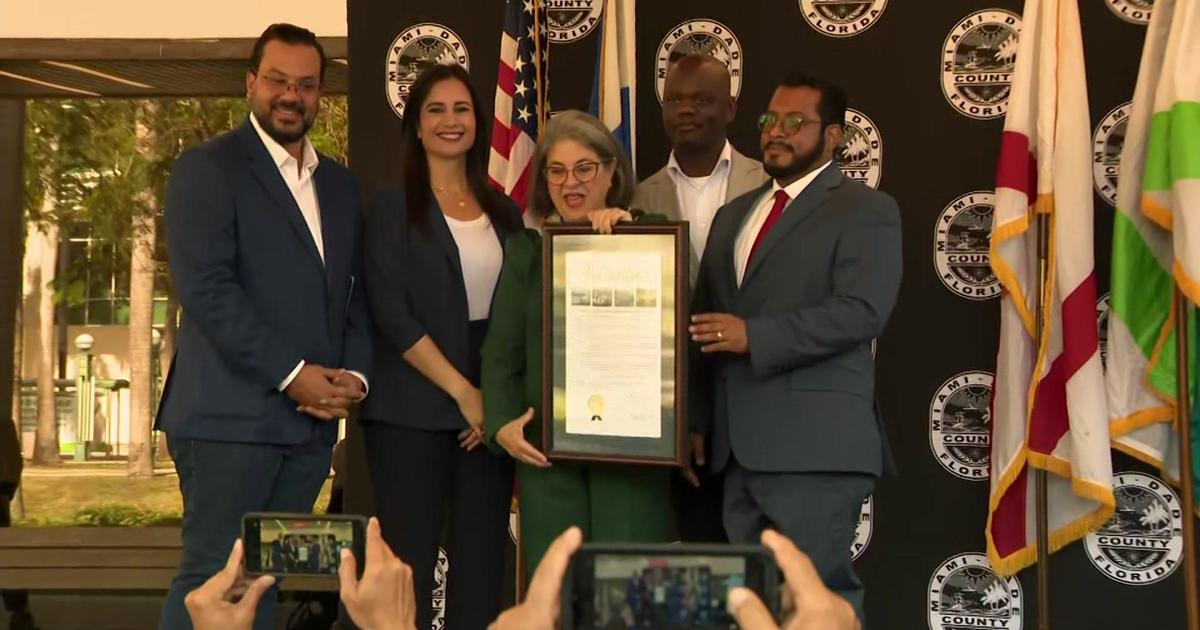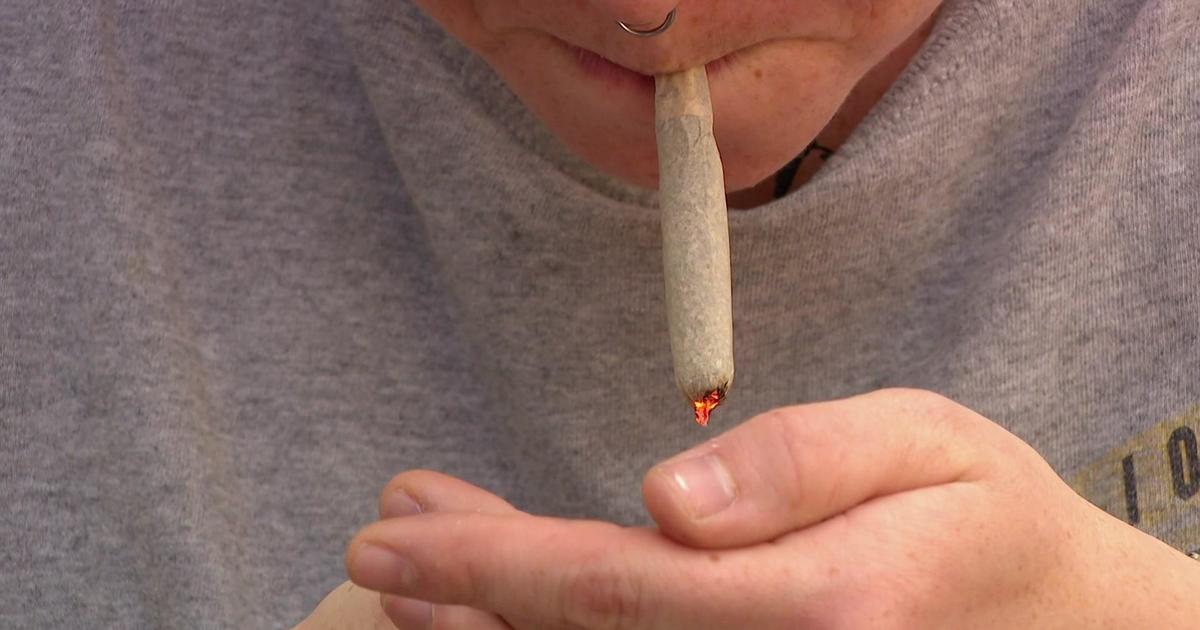Seven Months Since Hurricane Michael, Parts Of Florida Panhandle Still In Shambles
MIAMI (CBSMiami) – The Florida Panhandle is still recovering from Category 5 Hurricane Michael, which made landfall last October.
Sustained winds reached 160 miles per hour and there were more than 50 storm-related deaths statewide.
The storm rocked Mexico Beach, a town of 1200 residents.
Now several months later, about 400 of them are trying to stay and rebuild but many have decided to sell and leave.
Jaques Sebastian and his wife live in a FEMA travel trailer.
"We are just hanging out along with everybody here. It has been several months," he said.
When asked what the next step is, Sebastian responded, "That's the difficult part because we are having problems with contractors."
For now, the high cost of construction is keeping Sebastian parked.
He's on the same property where his three story home once stood.
"I closed on the house on the tenth of August. On the 10th of October, the storm hit. So, I owned the house for two months," he said.
As of late May, there was still no water or sewer for a stretch in Mexico Beach.
There is also no gas station, grocery store or sit-down restaurant.
In a town known for its fishing and boat charters, it was imperative for its canal to re-open, which it did at the end of April when the debris was removed.
This could help with the flow of much needed money.
Mayor Al Cathey also owns the only hardware store in Mexico Beach.
"To us, we are trying to pay bills that rank in the millions, we have to be very careful what we pay," said Mayor Cathey. "We have to know on the backside FEMA is truly going to give us back that money."
He says the debris clean-up carried a $60 million price tag, twenty times the town's yearly budget.
"You got hit with a little hurricane called Michael. That was not a nice hurricane I can tell you that," he said.
In May, President Trump spoke to supporters in heavily damaged Panama City, 20 miles away from Mexico Beach.
"I'm pleased to announce that my administration will be allocating $448 million dollars in HUD disaster recovery funds for the great people of Florida," Trump said in May.
With that, home and business owners in the panhandle can use that federal grant money to help offset costs for repairs not covered by insurance.
"I'm doing the most allowed by law to support the people of Florida," Trump said.
But the grant money won't do everything that's needed.
Following Hurricane Michael, democrats and republicans have been at odds over a multi-billion dollar disaster relief bill for states impacted by hurricanes, wildfires, and other disasters.
Some of the money is meant to rebuild Tyndall Air Force Base. And a portion is for states and counties to be able to afford to hand out tax cut incentives for growth.
WHY IS THERE GRIDLOCK?
President Trump doesn't want more money going to Puerto Rico to help recover from Hurricane Maria.
And this fight in Washington, D.C. has left the panhandle struggling to recover faster.
Bay County Commission Chairman Philip Griffitts, who has moved homes six times since Michael, is frustrated over the numerous hoops and red-tape to get federal help.
"No funding since then," Griffitts said, referencing Trump's announcement in May. "That's a record that we hold probably in history and that's not something they should be proud of."
However, he does appreciate what has been done so far.
"We have our challenges but little by little we are obviously getting some good news and some help," he said. "We are going to get through this. We will be bigger, better, stronger, at the end."
In May, FEMA announced it had spent nearly $700 million in emergency aid in Bay County since Michael.
Most of the funds were given as low-interest loans to home and business owners.
The rest of the money went to housing help, debris clean-up, and outreach for survivors.
Chuck Sweatt is trying to keep a smile on his face.
He dipped into his savings to rebuild his home of more than 40 years in Panama City, but at times it's tough to stay upbeat because 17 days before the storm hit, his wife died.
"It's hard. I don't like to talk about it," he said.
While healing and recovery continues for Sweatt, he's keeping mostly everything he owns in a tent in his backyard.
It's a similar struggle for many neighbors who are working to rebuild.
Because of it, they've also been able to build friendships.
"A lot of times, you don't know your neighbors," said Panama City resident Erica Harrison. "Through all of this, now we know each other very well and we know each other's kids now. It's really cool."
Bay County officials estimate 15% of residents packed and left after the hurricane.
That leaves about 182,000 people staying to rebuild.
Many are living in FEMA trailer parks on a mix of public and private properties.
"It almost makes it hard," said Bay County resident Limon Wilson. "People are like 'where you at?' and I'm like at the county fairgrounds. A lot of my friends for whatever reason didn't get to get here."
Wilson lives with his wife and they have a combined seven children.
They don't know what's next, but remain hopeful.
"Help is coming. I've been watching the news and on the internet. I know help is on the way," he said.
With another hurricane season now underway, Sebastian in Mexico Beach is concerned.
"I've worked all my life," he said. "It was time for me to relax. I want to rebuild but there seems to be no help."
After talking to several people in Bay County, I get the sense that they want to return to a normal life.
The only issue is they don't when or if that's even possible again since seven months after Hurricane Michael, much of the area is still in desperate need of help.



